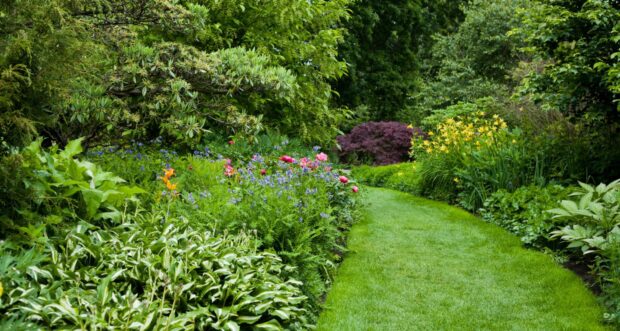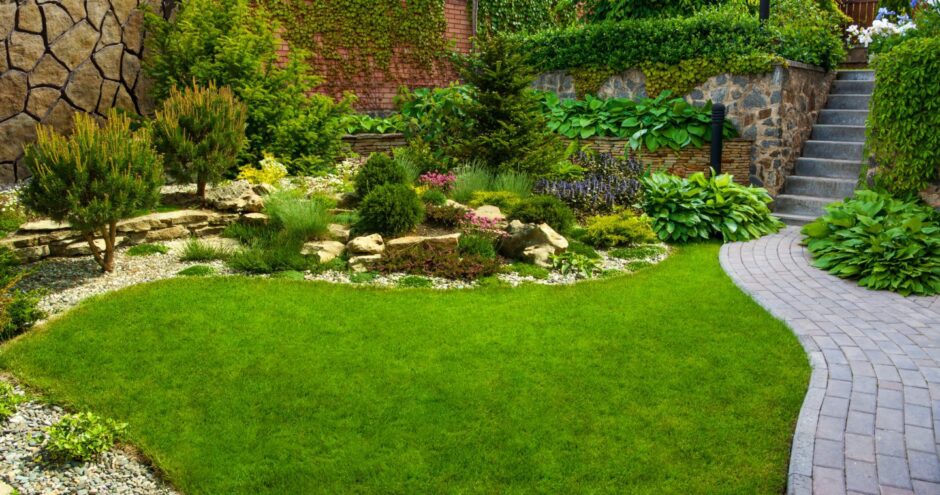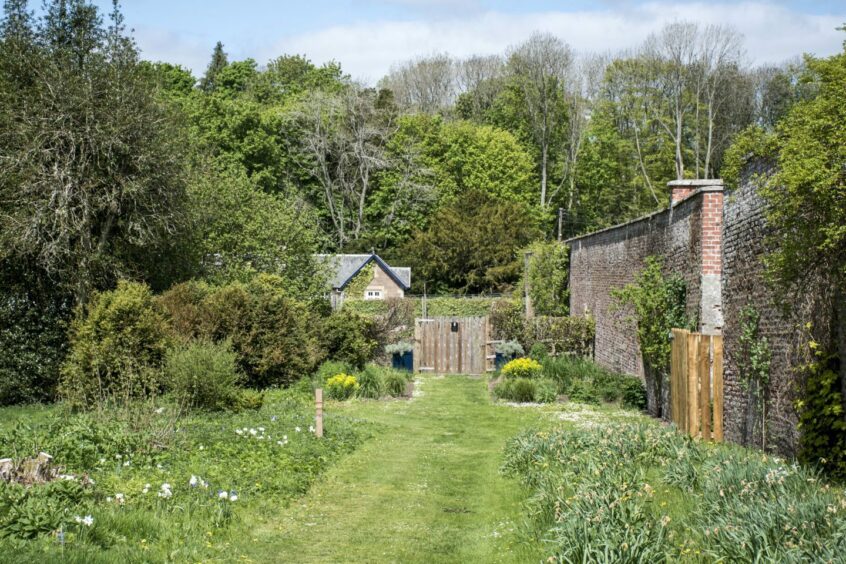With that warm spell of weather the other week, you’d have been completely forgiven if hadn’t realised it’s supposed to be autumn.
I thought I’d be safe enough to pack the sun cream away for another season.
But with the brief summer returning, my scalp was telling me otherwise after I treated it to a short back and sides in the same time as I’ve been doing the hedges.
What to do about balding patches on the grass
My sweet little daughter took great pleasure in suggesting otherwise using another gardening analogy about my hair these days, telling me it is more akin to the balding patches appearing on my well worn grass paths.
With family like my daughter who needs enemies!
Unfortunately there’s not much I can do about my hair but it is a good time to sort out the thinning patches of grass.
There’s a couple of gardening tricks we can do.
Sowing grass seed is the cheapest method.
Either lightly break up the soil surface of the damaged area with a hand fork or mix a handful of seed with a handful of garden compost before covering the area needing repaired, gently patting to ensure the seed makes good contact with the soil.
At this time of year we can begin to see results in a matter of days where the grass seed takes advantage of the autumn warmth and moisture to quickly germinate and establish before winter sets in.
Until the grass has a chance to develop a good root system, care must be taken to avoid walking on it.
A quicker, near instant result, can be achieved by repairing with a bit of turf.
In my garden I’ve only got a couple of tiny-wee patches to repair.
Do you need to buy a roll of turf?
You don’t necessarily have to go to the effort of buying a whole roll of turf and instead could dig up a square or so need from the bottom of your garden.
Another way of sourcing the grass you need is to simply extend a border by the width of turf that’s needed.
It may have been unseasonably warm but there are other sights, sounds and scents around to keep my senses on track that it is indeed autumn.
The joys of being close to nature
Coming from St Andrews and a stones throw away from the Eden estuary, nothing beats when your head is down, hard at work outside in the garden, the unmistakable call of geese flying over head.
Then taking a pause to look up and enjoy the sight of a flock flying overhead in their unmistakable v-shaped formation.
An added bonus from nature you get to appreciate when you spend lots of your time outdoors gardening.
If you live near the countryside and take an intake of breath through your nostrils, you’ll soon be brought back down to earth with the aroma of manure that fills the air from the farmers fields nearby.
Nothing wrong with this, apparently it’s good for you as I was always told and a good reminder if you can get your hands on some of the good stuff, then it’s getting time to be working this into your own soil at home.
The first time I realised that this was standard horticultural practise was during my apprentice days.
September was always the month we would remove the summer bedding displays of Geranium, Senecio, Lobelia and Antirrhinum, before digging in farmyard manure gratefully received from Bess the horse, to feed the beds for next years display.
I sometimes think about those pioneer farmers and gardeners that first noticed how manure could improve soil qualities.
Its fertility gets boosted delivering an increased yield in crops.
The structure becomes more open allowing water to drain more freely through it yet at the same time it’s sticky qualities hold on to moisture better saving gardeners time forever watering on drier soils.
It’s the one compost ingredient I always long I can get my hands on as a gardener.
Reflecting on gardeners of days gone by
Working in a 200-year-old walled garden as head gardener at Scone Palace, I’m always envious of the gardeners who tended the soil in here before me who would’ve had a ready supply of the good stuff from the stables of the big house or from the dairy cows at the home farm.
At home, I can meet all the requirements I need for my own garden from the few bags that I can buy from the garden centre each spring.
I recommend doing it, it’s guid stuff!
As part of the feeding programme I follow, my roses receive a top dressing of FYM each April, spreading a good dose 7cm thick around the base of the plants to the width of the ultimate canopy.
As it rains the nutrients will be washed through the soil and soaked up by the roots to the benefit of the plant as the growing season progresses, ultimately rewarding us beautiful, scented blooms.
Like the bedding plants, other annuals such as our sweet peas will enjoy have their feet in such nutrient rich soil.
During November dig a trench a spades depth, backfilling with manure then covering over with soil.
Overwinter this shall settle down perfectly for plant the following spring.






Conversation